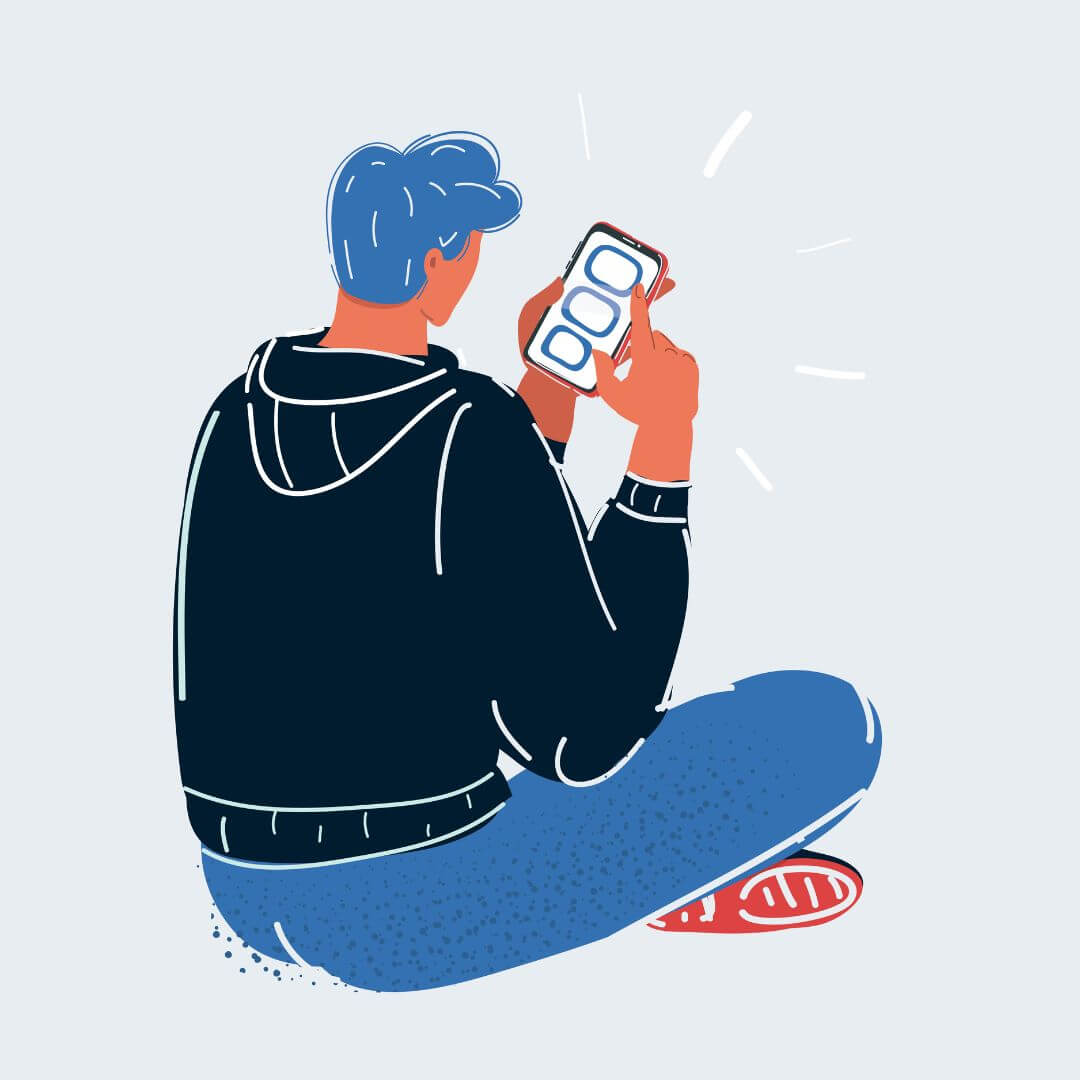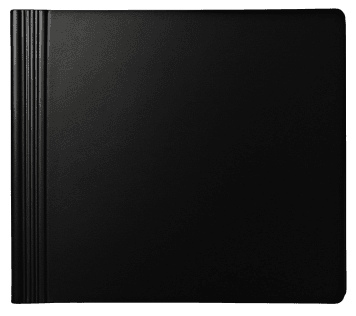Animation is one of the most powerful tools in the digital world, especially when it comes to mobile app development. With the right use of animation, mobile apps can significantly improve user experience (UX) by offering interactive, visually appealing, and engaging interfaces. Whether it’s a small animation to guide the user or a larger, more complex feature, animations can make your app feel more intuitive and fun to use.
In this extensive guide, we’ll discuss the different types of animation, including 2D animation, motion graphics, and explainer videos, and how they can be utilized effectively in your mobile app. We’ll also dive into the specifics of mobile application animation, the most common animation types, and the four major animation types that you should consider integrating into your app to elevate user experience.
What Are the 4 Major Types of Animation?
When it comes to animation, several styles and techniques can be used to enhance your mobile app’s user interface. Understanding the different types of animation is essential for choosing the right one based on your app’s needs and functionality. Below, we’ll break down four of the most popular and effective types of animation used in mobile apps today.
1. 2D Animation
2D animation is arguably the most popular form of animation in mobile apps. This style involves the creation of two-dimensional characters, objects, and scenes, which are then manipulated to create motion. 2D animation is visually appealing, easy to understand, and works well across all kinds of mobile platforms due to its relatively lightweight nature.
Explainer videos often use 2D animation because it can simplify complex ideas and processes, making them more digestible for the user. For example, a financial app might use 2D animation in its onboarding process to explain the features of the app or how to set up a profile.
With motion graphics, 2D animations can include more dynamic elements like moving text, animated icons, and other graphical objects. This makes 2D animation incredibly versatile for conveying information clearly and effectively. You will often see 2D animation in onboarding screens, notifications, buttons, icons, and even loading screens. It enhances the user experience by adding an extra layer of interactivity to an app.
Because 2D animation is lightweight, it doesn’t consume as much processing power, making it a go-to option for many mobile apps. It provides a seamless and smooth experience while keeping file sizes manageable.
2. 3D Animation
3D animation is a more complex form of animation that involves creating three-dimensional models, scenes, and characters. These models have depth and can be viewed from multiple angles, providing a much more immersive experience compared to 2D animation. 3D animation is commonly used in games, VR apps, and other high-performance applications that require an extra layer of visual depth.
Although 3D animation offers a more realistic and immersive experience, it is often more resource-intensive. It requires more computing power, which can impact the app’s performance, especially on devices with lower specifications. As a result, 3D animation is less commonly used in mobile apps compared to 2D animation but is still highly effective when it comes to creating a lifelike experience.
In mobile apps, 3D animation can be used to create realistic interactions, simulations, or even virtual products that users can manipulate. For example, an e-commerce app might use 3D animation to allow users to view products from all angles before making a purchase decision.
Motion graphics are a subset of animation that involves creating animated graphics, often combining text, imagery, and other visual elements. These animations are used primarily to convey information dynamically and engagingly, making them ideal for tutorials, explainer videos, and UI transitions in apps.
In mobile apps, motion graphics are incredibly useful for providing visual cues and guiding users through various tasks. For example, a food delivery app might use motion graphics to animate the process of ordering food or tracking an order in real-time. These animations create a more fluid, engaging experience, helping users better understand the app’s features.
One of the key advantages of motion graphics is that it allows you to incorporate various visual elements, such as text, shapes, icons, and logos, into a single animation. The versatility of motion graphics makes them incredibly useful for conveying detailed information in a simple, visually engaging manner.
4. Stop Motion Animation
Stop motion animation is one of the oldest and most traditional forms of animation, where a series of still images are captured frame by frame and then played in sequence to create movement. This technique can be done using physical objects or models, and it has a very distinctive, handcrafted feel.
While stop motion animation is not as widely used in mobile apps as 2D or motion graphics, it can still be an effective tool for creating a unique visual experience. Stop-motion animations can help add an artistic touch to your app and differentiate it from others. For example, a creative agency might use stop motion for a portfolio app to showcase their creative work in a fun, quirky way.
Although stop-motion animation can be time-consuming and difficult to produce, it has a unique charm that can make an app stand out. It’s especially suitable for apps targeting creative audiences or those looking for a distinctive, handcrafted aesthetic.
What is Mobile Application Animation?
Mobile application animation refers to the use of animated elements in an app’s design to improve interaction, guide users, and enhance the overall user experience. These animations range from simple transitions between screens to complex interactive animations that respond to user input.
In the context of mobile apps, animations serve several important functions:
- User Guidance: Animations can help guide users through the app, making it easier to understand its functionality.
- Providing Feedback: By animating elements like buttons, sliders, and icons, apps can provide feedback to the user, letting them know their actions are being processed.
- Improved Interactions: Animations enhance the fluidity of transitions between screens, buttons, and menus, making the experience feel smoother and more cohesive.
- Creating Visual Appeal: Well-executed animations can make an app look more polished and sophisticated, making it more appealing to users.
Mobile application animation is critical for creating a user-friendly experience. The right animation can help make an app feel more intuitive, responsive, and engaging.
What Are the Famous 6 Types of Animation?
While there are numerous animation styles, here are six of the most popular and widely used types:
- 2D Animation – The most used type, 2D animation is the backbone of many mobile app interfaces. Its simple yet effective style makes it ideal for most apps, from games to productivity tools.
- 3D Animation – Although more complex and resource-intensive, 3D animation is ideal for apps that require immersive, lifelike visuals.
- Motion Graphics – Combining graphics, text, and images, motion graphics are used to communicate ideas in a visually engaging and entertaining manner. These are commonly seen in explainer videos and app tutorials.
- Stop Motion – A unique form of animation where objects are moved slightly between individual shots to create the illusion of motion. While rarely used in mobile apps, it’s effective for artistic and creative apps.
- Whiteboard Animation – This is a popular style for explainer videos, where concepts are drawn on a whiteboard to help explain complex ideas in a simplified manner. It’s particularly useful for apps that need to educate users about their features.
- Claymation – A variation of stop-motion animation using clay figures. While more niche, it can add a charming, playful touch to mobile apps with a creative focus.
These six types of animation each serve different purposes and can be used in various combinations depending on the nature of the app and its objectives.
What Is the Most Common Type of Animation in Mobile Apps?
Among the various animation techniques, 2D animation is by far the most common type used in mobile apps. This type of animation offers a great balance between visual appeal and functionality, making it the ideal choice for most applications. 2D animation is not only easy to implement but also doesn’t require significant processing power, making it well-suited for mobile devices with limited resources.
Additionally, motion graphics are often used in combination with 2D animation to provide users with more dynamic and engaging experiences. Whether it’s for onboarding, notifications, or small UI interactions, 2D animation and motion graphics are reliable, effective, and versatile.
4 Major Types of Animation for Your Mobile App
Now that we’ve explored the different types of animation, let’s focus on the four major types that are particularly useful for enhancing the user experience in mobile apps.
1. Visual Feedback
When users interact with an app, it’s crucial to provide immediate feedback to ensure they know their action was successful. Visual feedback animations give users a sense of control and satisfaction, helping them feel confident about their actions.
Examples of visual feedback animations include buttons changing colour when tapped, icons shaking when there’s an error, or a slight expansion when a user selects an item. These animations help create a more responsive and engaging experience, making the app feel alive and interactive.
2. Progress and Loading Animation
In the digital world, waiting for something to load can be frustrating. However, with the right animation, you can turn this into a positive experience. Progress and loading animations help users understand that the app is processing their request, keeping them informed about the status of the operation.
For example, you might use a loading spinner, progress bar, or animated icon to inform users that the app is working in the background. These animations not only make the waiting time feel shorter but also give users a sense of control over the situation.
3. System Status Animation
System status animations are used to convey real-time updates about the current state of the app or device. These animations alert users to important information, such as “No internet connection,” “Syncing data,” or “Update required.” By incorporating system status animation, apps can communicate key messages clearly and quickly.
For instance, an app might show an animated icon indicating whether the user is connected to Wi-Fi or cellular data. Similarly, system status animation can be used to inform users about low battery status or the need to update the app.
4. Onboarding
First impressions matter, and this is especially true for mobile apps. Onboarding animations help introduce users to the features and functionality of an app, offering a guided tour that explains the app’s key features in a visually engaging way. Explainer videos can be part of this process, providing a step-by-step walkthrough to get users up to speed.
Using motion graphics and 2D animation in onboarding screens ensures that new users feel comfortable navigating the app and understanding how to use its features. An animated onboarding process is far more engaging than static instructions, making users more likely to complete the tutorial and continue using the app.


